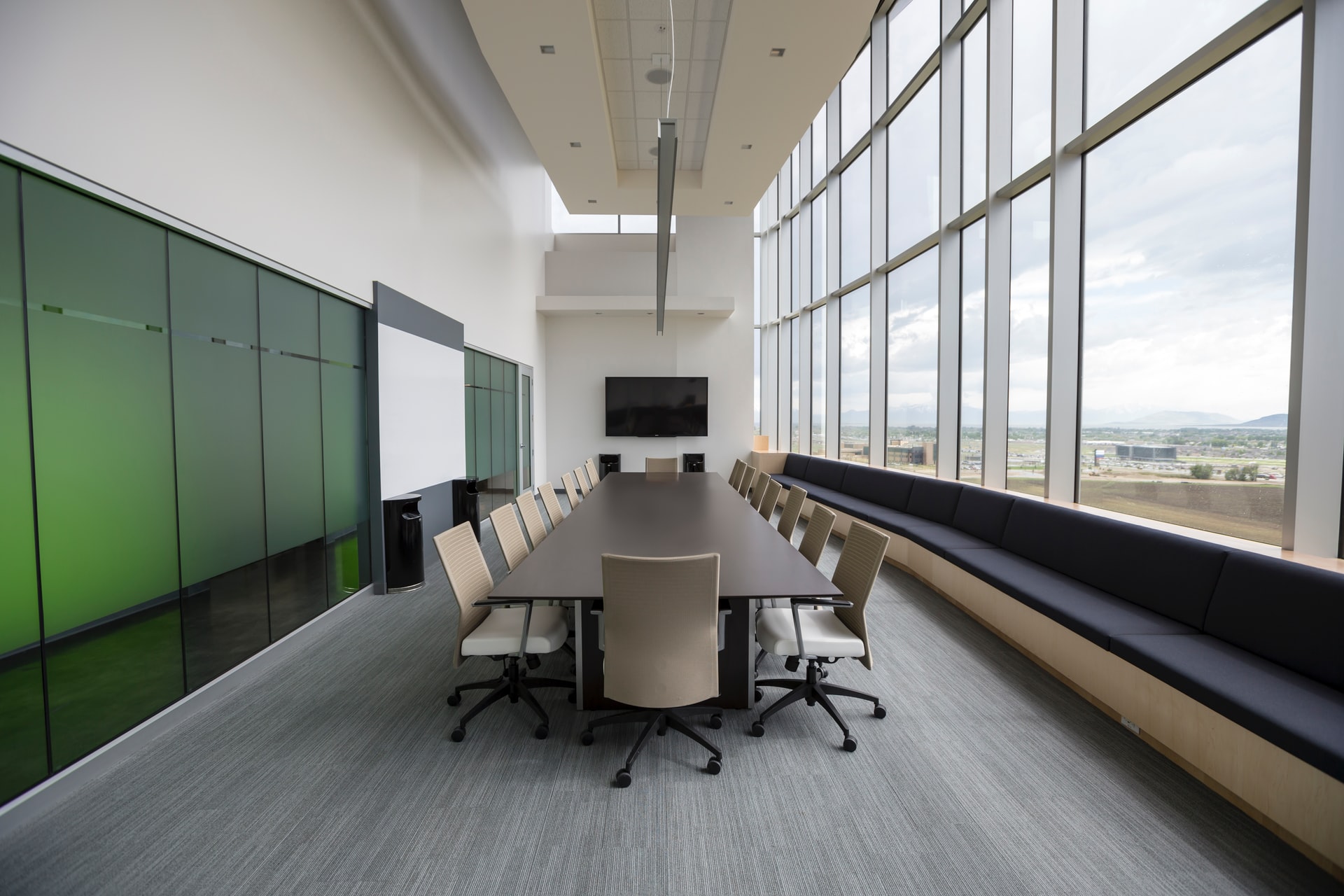Setting up a new business network, expanding an existing network, or otherwise making changes to your network and Internet capabilities often means installing new hardware.
For small-to-medium businesses, that often means integrating with an installation partner and either delivering your hardware topology plan or asking your partner to create one for you. In either case, it’s important to understand what you need, where, and why, so you can make good decisions for your installation and your network.
Hardware supports your network and will eventually affect quality, load capacity, and security. However, hardware setup is most often about layout, how and where devices are installed, and meeting capacity rather than choosing very specific hardware solutions.
Calculating Network Hardware Needs
The first step to setting up small business networking is calculating your needs. In most cases, this is directly determined by factors including physical distance, workstations, servers, and needs.
Hosts are typically workstations connected to the network. You have to know how many your network supports now as well as how many are likely to be added on within the duration of the network or at least over the span of the next 12 or so months.
Host machines each need a unique IP address and an appropriate amount of bandwidth depending on work being completed. Host computers might be standalone, disk-less, or data-less, which will affect your infrastructure.
Most small businesses primarily rely on standalone host computers (Windows/Mac PC). However, you’ll likely have a range of devices including servers, print servers, etc.
- How much bandwidth does each PC need?
- What are your security needs?
- Are client protocols a consideration?
- What about account server platforms?
It’s a good idea to create a list of users who need access to the network at this stage.
Connecting Your Network
Your network will be connected using a series of hardware designed to deliver data to and from computer hosts. Here, you’ll likely want Ethernet cables because they are fast, easy to manage, and effective. You may want to use token-ring or FDDI technologies for more critical installations or for specific, mission-critical hosts.
Other solutions, like Asynchronous Transfer Mode are typically used to connect multiple networks together, allowing you to bridge numerous internal networks. Here, your options will likely depend on budget, your installers capabilities, and your needs.
You’ll also need a range of connectivity hardware to create networks, subdivisions, subnets, and to connect to the Internet. Routers connect domains and subnets and link out to the Internet. They offer strong control options and user access management.
However, too many routers can cause performance issues because they interrupt communication between hosts. Here, you’ll normally want to use switches to connect and create computers into subnets. Bridges and hubs may serve the same function, but each offers inherent complications, and are largely replaced by modern switches.
Finally, most modern businesses want wireless connectivity as a standard. Consider network broadcast, dead areas, access point location, and items such as remote access and updates.
Organizing Your Network
A good network should be nested and organized using hierarchy, unless you have a very small network. Hierarchy allows you to structure networks in a way that balances load, prioritizes important hosts, and ensures consistent connection and bandwidth to every host on the network. This topology should resemble something of an inverted tree, with roots spreading out from a main router.
Switch Hierarchy:
- Access layer switches – Switches with end-of-node connections. These switches are secure and designed to connect directly to host computers, printers, IP phone, etc.
- Distribution switches – Forwarding switches. These are typically used to connect access layer switches to core switches and to facilitate VLAN
- Core layer switches – Core switches form the backbone of your network. These high-power switches eventually handle most transfers on your network and must be high-speed and high capacity.
Ports
You’ll have to consider port speed and density. In most cases, it’s cheaper to utilize fast Ethernet for items with defined needs, such as IP telephones and gigabit internet for items with defined high-data usage, such as printers.
Ports also impact how you connect switches. For example, if you utilize 20 gigabit Ethernet ports on a switch but only run 5 cables, you’ll likely only ever be able to transfer ¼ of the data out at once. This means you’ll have to balance total hardware installed with cabling and data transfer as part of your network to ensure consistency.
Room for Growth
Most organizations are in a constant state of growth. You will likely have to add on more workstations, more servers, more printers, more modems, etc. It’s important to plan your network for these needs, so that you can easily scale up, expand your network, and add switches and connections to continue to meet the needs of your organization.
In most cases, network hardware should directly reflect your users, actual data needs, and security needs. This means choosing hardware that reflects total usage, offers security, and allows you to structure your network in a way that meets specific organizational needs. Other than that, your installer should be able to help with a selection of quality brands and models and will likely be able to assist with topography layouts if you don’t have IT in place to do so for you.




